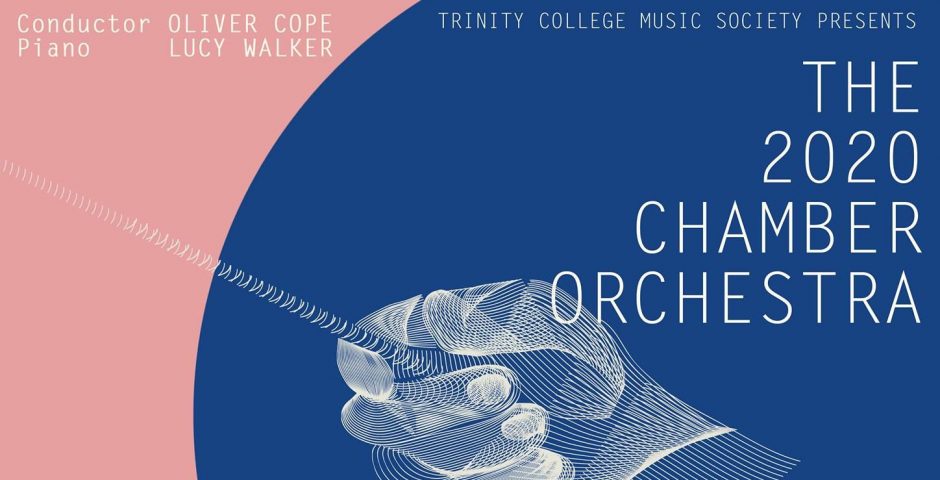
Review: Trinity College Music Society 2020 Orchestra Concert
Oliver Cope coped impressively
The Trinity College Music Society's concert saw an eclectic programme convincingly delivered by the 2020 Orchestra under Oliver Cope, wherein the venue, Trinity Chapel, served the works of the three current music students well.
The first half of the concert was comprised of these three new pieces – Witches' Sabbath (Ignacio Mañá Mesas), La Vie Après la Mort (Thomas Chesworth) and The Transformation of Nebuchadnezzar (Rajan Lal) – which were grouped together into a cycle ‘Three Legends’, and all three pieces were furnished with detailed programmes.

Where the action happened
First up was Ignacio Mañá Mesas' Witches’ Sabbath, inspired by a painting by Francisco de Goya which depicted an interaction between Satan and a group of witches. This was represented as a dialogue between a solo saxophone – in this case played by the composer himself – and the orchestra. Frequently jagged and gleefully ritualistic orchestral writing was pitted against haunting – and at times deafening – saxophone cries, a performance that was enhanced by the solo saxophone first being heard out of sight, from the organ loft. After the audience established that the unashamedly rude wails echoing from the rafters of the chapel were a saxophone and not someone being slowly murdered, the drama unfolded as the composer descended from the organ loft; the programme notes that the piece portrays the devil’s presence becoming ‘more and more tangible’, and this was most certainly the case as Ignacio walked up the aisle at the end of the piece, brandishing a saxophone.
Rajan Lal’s piece was also inspired by a painting – Blake’s Nebuchadnezzar – and portrayed a king’s journey from torment and ruin to redemption. Whilst it was just as faithful to its programme as Witches’ Sabbath, this piece replaced the sound world of a fiery exchange of dissonant insanity with that of lush romantic harmony; tritone suspensions resolving tantalisingly upwards, its painfully rich orchestral textures and a ‘triumphantly decadent finale’ masterfully conjured up all kinds of images of the king on his journey.
Where these two pieces presented a chronologically conceived narrative, Thomas Chesworth's La Vie Après la Mort wallowed instead in a timelessness that appeared to play out the ‘continuum between the polarities of Heaven and Hell’ (to quote the programme) by presenting various musical reflections of the afterlife organically morphing into one another. The piece began with a sunrise of glowing strings, after which the ebb and flow of the music went on to bathe the chapel in a sound so natural that it would be easy to forget the immensely skilful scoring that underpinned it.

Ravel’s piano concerto concluded the first half, featuring Lucy Walker as the soloist. Her superb musicianship was evident throughout, but perhaps most obvious in the slow movement, in which the sparse orchestral textures of the beginning and end allowed the delicate deliberateness of every single note in the piano to come across.
Beethoven’s Symphony No. 2 formed the second half of the concert and made a satisfying contrast with the first. Whilst it appeared to suffer slightly from a lack of rehearsal, Cope guided the orchestra confidently through the work, and the generally impressive performance that resulted is therefore testament to the high calibre of the orchestra and its conductor. Special mention must also go to whoever choreographed the conductor’s dance routine.
Excellent musicianship and an atmospheric venue combined to make this a wonderful concert, certainly worthy of 4.5/5 stars.









































